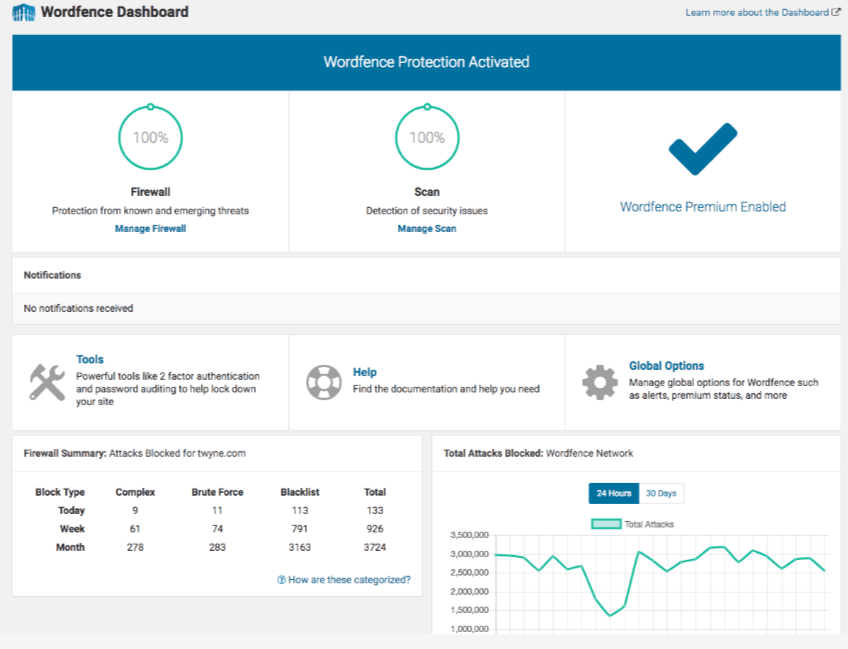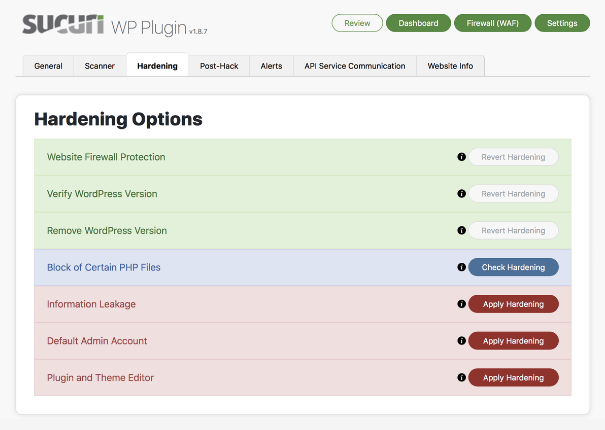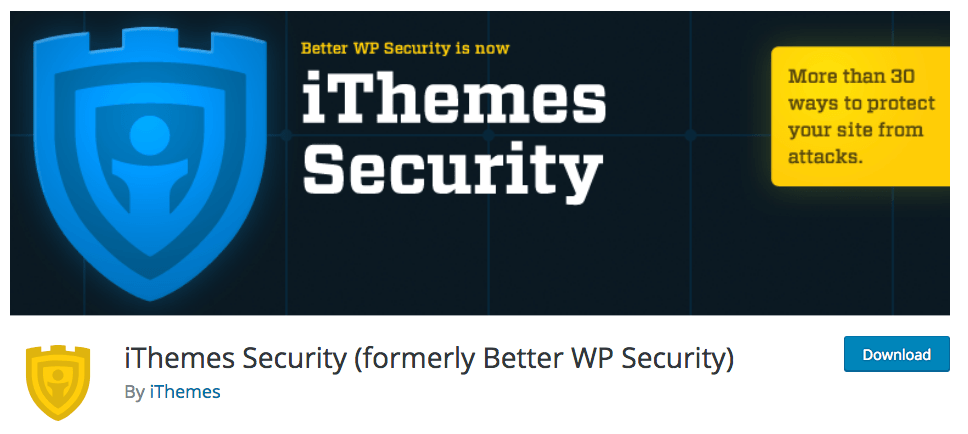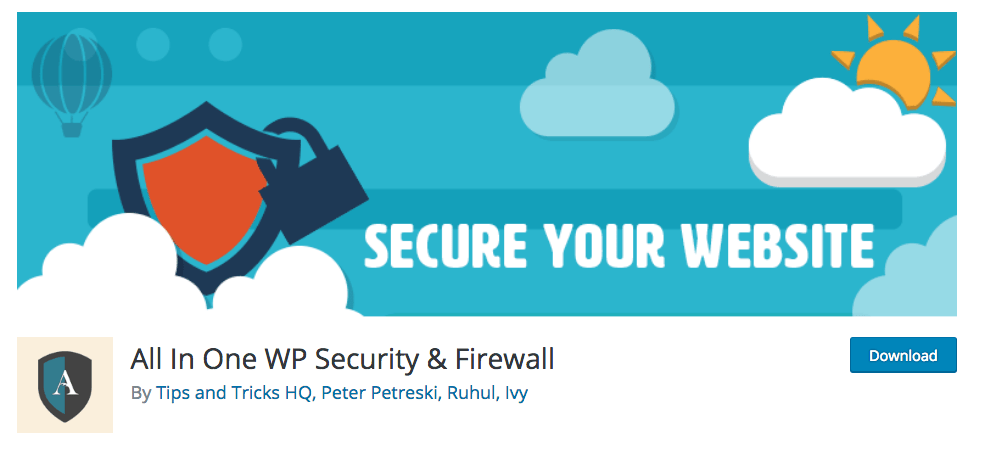All too often we explain away our lifestyle or money messes by saying, “I just don’t have time to do [whatever would have prevented the problem].”
Here’s a simple, supremely effective tactic: Any time something can be done (or at least well-begun) in two minutes or less, then for heaven’s sake, do it!
The two-minute rule can’t fix everything in our lives. But applying it helps to keep chores and paperwork from piling up quite so high. Every time a little thing doesn’t add to the big things, our lives get better.
More to the point, a small block of time can result in ongoing dividends. For example, shopping apps can get you discounts, cash back, or even refunds if a price drops. Downloading apps like Ibotta, Earny, Shopkick, Paribus, or Cartwheel gives the chance to both save and earn money when shopping for essentials and treats alike.
Some of the tips in this article are simple productivity hacks. Others could completely change your financial life. All take just a couple of minutes at a time, and will move you further along the road to financial security.
1. Pay attention to your accounts.
Personal finance author Beverly Harzog checks her credit card accounts every morning. It takes very little time, says the U.S. News & World Report columnist, and is “a great way to catch fraud in the early stages.”
Don’t want to check every day? Let the account tell you, by setting up an alert. Ask the bank or credit union to let you know when a bill has been paid or a debit card is used, or have the credit card company flag any transactions over a certain amount.
Or over any amount, maybe: Jim Wang of WalletHacks.com has his card alert him to every. Single. Transaction. Yes, he really did set the “alert” amount to $0.00.
“You hear all these stories of people getting ripped off in $5 and $10 amounts because they don’t notice,” Wang says.
These alerts let you know immediately that something’s wrong. The sooner you report fraud, the fewer losses a card issuer has to eat – and remember, the cost of fraud gets passed along to all consumers eventually.
2. Order a free credit report.
Are you checking your credit report often enough? You can do it for free three times a year (once for each of the major credit reporting bureaus) by visiting AnnualCreditReport.com.
Requesting one report every four months can prevent small issues from becoming big ones. For example, if the report says you missed a payment but you really didn’t, write to the credit bureau and get this fixed.
Or perhaps there’s an account on there that you didn’t open. That could be a simple mistake but it could also be a sign of fraud.
3. Consider credit monitoring.
Depending on what kind you choose, a credit monitoring service will do things such as check for account applications (bank, phone, credit, utilities) made in your name, provide identity theft insurance, monitor your personal information across thousands of databases, and alert you if there are any changes to your credit report or score.
Some of these services are even free, such as Credit Karma and Credit Sesame. Personal finance writer Cameron Huddleston says one such alert clued her in to a drop in her credit score. Turns out she had a payment that she didn’t realize was late.
“I quickly fixed the problem and raised my score in the process,” says Huddleston, life and money columnist for GOBankingRates.
4. Set up automatic payments.
If you’re confident you’ll always have enough in your checking account, put your bills on auto-pay and let them take care of themselves. No more missed payments!
Not everyone can (or wants to) keep that much in checking from month to month, though. Due to the “hectic” nature of life, Lee Huffman of the Bald Thoughts blog suggests setting up payment for at least the minimum amount each month. You can still pay bills in full manually, but setting an automatic minimum means no more late fees, ever.
5. Download your bank’s mobile app.
Having your phone talk to your bank makes it easy to check account alerts wherever you are.
Some apps offer other perks, such as letting you deposit checks remotely rather than having to drive to the bank (big time-saver) or letting you make person-to-person payments (helpful for stuff like chipping in on a shared utility bill or reimbursing a friend who picked up the tab at dinner).
6. Look into student loan refinancing.
Some scholars graduate with scary amounts of debt. Figuring out whether to refinance your student loans is a complex subject, since it’s based on individual circumstances.
However, refinancing could also change your life, if only by getting you out of default and on track to a solution. To find out more about whether it’s right for you, see “Student Loan Consolidation: Pros and Cons.”
7. Set up automatic savings.
If you don’t already have an emergency fund, this is a great way to get started. It shouldn’t take more than two minutes to log into your bank or credit union account and set up a recurring monthly (or weekly) transfer into a separate emergency fund. Set it and forget it.
Or maybe you’re aiming for other kinds of savings: a “pay cash for the next car” fund, a 529 plan for your kid, or a pot of money that you’ll funnel into real estate or some other investment.
No matter what kind of savings you’re aiming for, be sure to make the amount sustainable. Specifically, don’t commit every non-budgeted penny, because life brings surprises that take you over budget.
8. Deal with the mail.
Don’t throw it onto the table or desk because “it’s mostly junk anyway.” Take two minutes to weed through the junk and toss it into the recycle bin or trash.
Otherwise, the pile of untended mail gets bigger and bigger, and you run the risk of missing something. For example, if a bill gets hidden in the stack and doesn’t get paid, you’ll incur a late fee, and maybe even a ding on your credit report. (Yes, some of us do still get bills in the mail.)
Bonus: Less clutter = less irritation. A tidy living space is very calming. And speaking of tidiness…
9. Try some ‘stealth cleaning.’
Choose a chore that can be done within two minutes. Vacuum one room. Move the laundry from the washer to the dryer. Clean a toilet. Scoop the cat’s litter box. Carry the trash out to the garbage can or dumpster.
This works best if every member of the household takes on a daily two-minute task. Even toddlers can dust, and preschoolers can empty the bathroom trash or carry dishes to the sink.
Little by little your living space will get tidier and you’ll feel better. In the best-case scenario, you’ll get in the zone and do two or three such chores.
Now: Take the money you were considering putting toward a weekly housecleaning and use it for something that advances your personal financial goals.
10. Contact your insurance agent.
Sometimes life changes or home upgrades make you eligible for discounts on your insurance policy. Keep your agent updated by e-mail or phone if, say, you’ve started to carpool (or to work from home), or if you had a home security system installed.
Even if nothing changes, get in touch with your agent to ask about other potential discounts. For example, a decent-enough price break for taking a driving course might be worth the cost of the class. Should your credit report or your teen driver’s report card improve noticeably, see if that will improve the premium.
Still not convinced you’re getting the best deal? Then you should…
11. Comparison shop for insurance.
You can fill out an online quote form in just a couple of minutes – and the results might really surprise you.
The Simple Dollar’s insurance articles can help you understand the different kinds of coverage and find a lower rate. That way you can buy exactly what you need, vs. paying for products that don’t support your financial goals.
While you’re at it…
12. Comparison shop for credit cards, too.
Some people dislike the current credit scoring system, and in a sense they’re right. Why should they be penalized for paying cash?
But it’s what we have, and a smart consumer will learn to work within it. That’s why if you don’t have a credit card, you should get one to build your credit score. It could also be invaluable in case of the unexpected; twice I’ve had to drop everything and fly thousands of miles for family emergencies, and having plastic made that much, much easier.
And if you’ve already got a credit card? Make sure you’re getting the optimum benefits. Whether you’re looking for travel rewards or cash back bonuses, The Simple Dollar’s credit card section lays it all out for you.
13. Schedule some maintenance.
Keeping on top of the manufacturer’s suggested maintenance – on everything from vehicles to home heating systems – means preventing problems versus trying to fix them. A friend drove her car for nearly 22 years that way.
Don’t neglect your own maintenance, either. For starters, see the dentist twice a year. Annual medical exams aren’t always necessary, but talk with a primary care physician about whether you should at least have lab work done plus any other tests appropriate to your age (e.g., mammogram or colonoscopy).
Not only is it cheaper to fix a health issue caught early, it can sometimes be a matter of life and death.
14. Keep an ongoing grocery list.
If you use almost all of the remaining toilet paper, cat food, toothpaste, or whatever, add it to the online shopping list right then and there.
Don’t use online shopping? Add it to the paper list stuck on the fridge.
Because you probably won’t remember that you need cilantro, cat food, or whatever else when you’re at the grocery store later – and might find yourself at a convenience store at 10 p.m., grumbling and paying a ridiculous amount of money for TP.
15. Cancel a subscription.
Are you even reading those magazines? How often do you go to the gym? Did your kid’s excitement over monthly craft kits peak at oh, about four months in? Do you really need regular deliveries of makeup, clothing, or snacks?
“Most people probably have a subscription or two that they never got around to canceling,” says Austin Grandt of the Financial Toolbelt website.
Apps like Trim and Truebill will corral your current subscriptions, making it easy to weed through what you really want. Remember: These things are generally wants, not needs. And they can cost a lot more than you might imagine.
16. Get a library card.
It might take you two minutes to find out what’s required in your area, such as “photo ID and a current utility bill,” and then another two minutes to get a librarian to set you up.
Totally worth it! Libraries buy books and movies and subscribe to magazines so you don’t have to. Depending on where you live, the library might also lend out everything from toys to art to fishing gear.
Libraries offer information on genealogy, social services, and other useful stuff, too. (The main library in my city houses the Cooperative Extension Service.) Many host a wide variety of activities, including but not limited to children’s story hours, public lectures, movie nights, clubs, resume-building workshops, tax help, and film appreciation nights.
Most – if not all – of these things will be free.
17. Set things up before bed.
Before you turn in, ready your breakfast supplies. When you stumble into the kitchen at 6:45 a.m. you’ll be greeted by your favorite mug, a batch of already brewed coffee (thanks, timer!), the box of cereal, and a bowl.
So much better than rummaging around for coffee and filter, the cereal, and a bowl and mug while also trying to unload the dishwasher you ignored yesterday.
More importantly, this helps cement the habit of eating breakfast at home, which is cheaper – and healthier! – than hitting the coffee cart or the fast-food drive-through on your way to work.
18. Set up reminders.
Cody, the young-and-hustling author of the FlyToFI blog, uses his iPhone’s “Reminders” app to avoid errors as simple as forgetting to buy milk, or as potentially life-changing as failing to change the batteries in the smoke detector.
This app, or any other reminders system, can save you money in the here-and-now, such as avoiding no-show fees for missed medical appointments. Reminders also help you stay on top of things that keep you financially healthy. It’s so easy to think, “I really should [look for a better rewards card/get scheduled auto maintenance done/buy life insurance]” – and then not do these things.
If that’s you, then set reminders. Re-set them if necessary. Sooner or later (preferably sooner) you’ll make Future You’s needs a priority.
Award-winning journalist and veteran personal finance writer Donna Freedman is the author of “Your Playbook for Tough Times: Living Large on Small Change, for the Short Term or the Long Haul” and “Your Playbook for Tough Times, Vol. 2: Needs AND Wants Edition.”
More by Donna Freedman:
The post 18 Two-Minute Chores to Tackle Right Away appeared first on The Simple Dollar.

Source The Simple Dollar http://bit.ly/2N5Pe9r








